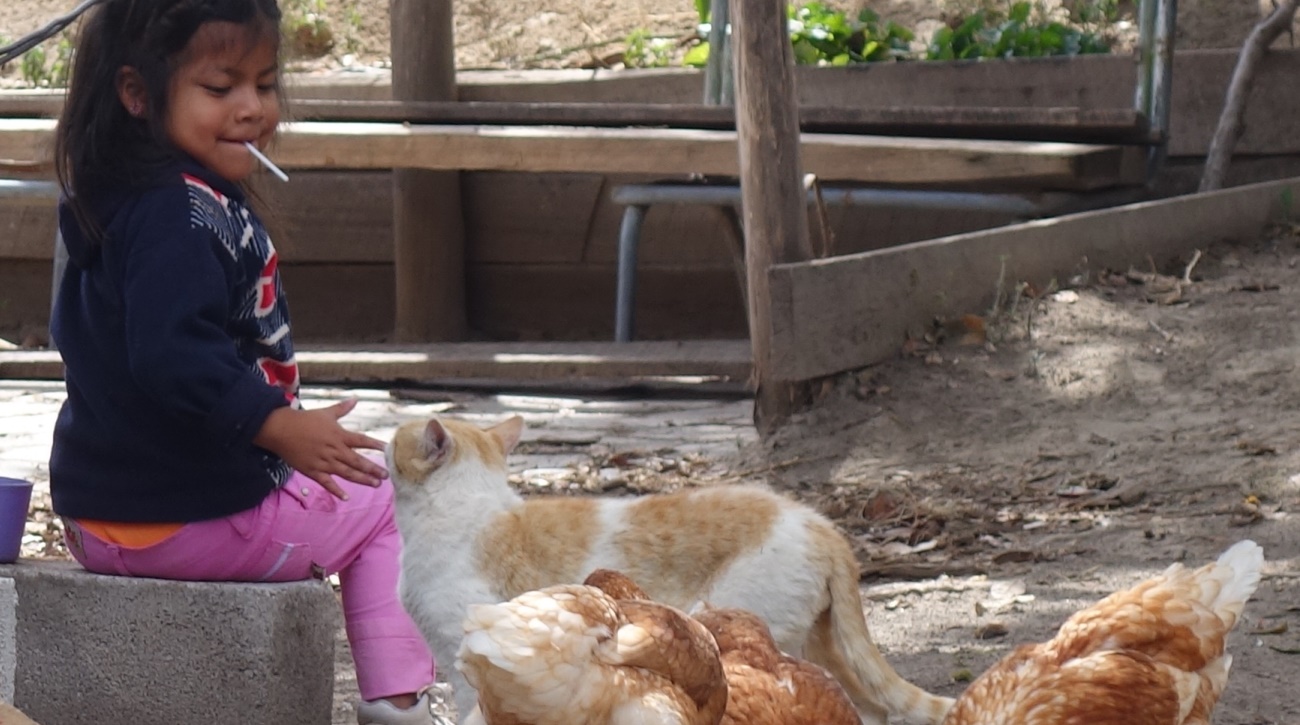Small-scale livestock ownership among families living in less developed nations has its pluses and minuses. On the plus side, the consumption of nutrient dense food – eggs and milk, for example – can reduce stunting in children. A negative is the potential for animals to transfer pathogens that cause childhood diarrhea.
Concerned about the morbidity and mortality among children age 6 months- to 5 years-old that is linked to diarrhea and dehydration, Jay Graham, currently serving as an EOH adjunct professor, went to farms in peri-urban Quito, Ecuador, to study conditions, collect samples, then sequence and identify the pathogens that spread microbial disease among people living in close confines with food animals.
Graham and his colleagues from the Universidad San Francisco de Quito in Ecuador discovered evidence of active transmission between domestic animals and humans of Campylobacter jejuni and atypical enteropathogenic Escherichia coli (aEPEC). They determined that C. jejuni strains from chickens were more likely to be transmitted to humans than those coming from other domestic animals. The team also identified guinea pigs, which are often raised inside the home in the Andes region, as a major reservoir of Campylobacter jejuni and suggested that some Campylobacter jejuni strains are adapted to this animal species.
The team’s findings were published in Environmental Microbiology Reports and Applied Environmental Microbiology.
Graham, now challenged with the subsequent work to develop interventions, says “We can’t conduct a public health campaign to change animal behavior. Therefore, we are working on the qualitative side to understand what can realistically be done to change animal management practices.” To date, one intervention, corralling chickens, was found to have no impact. The corral may have been too close to the home.


